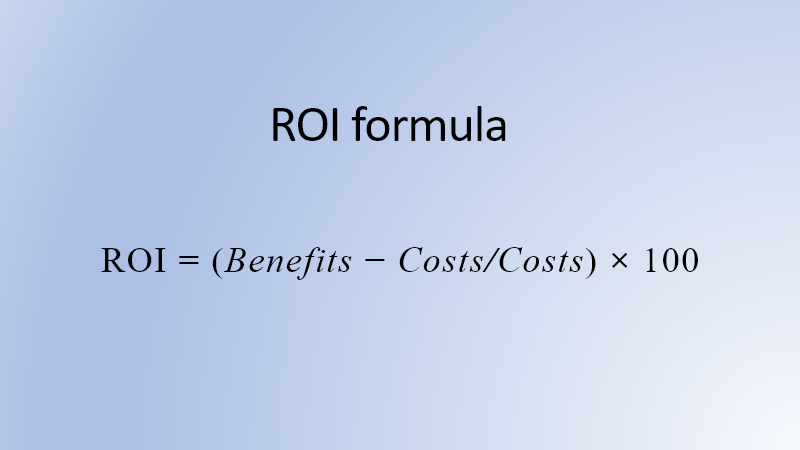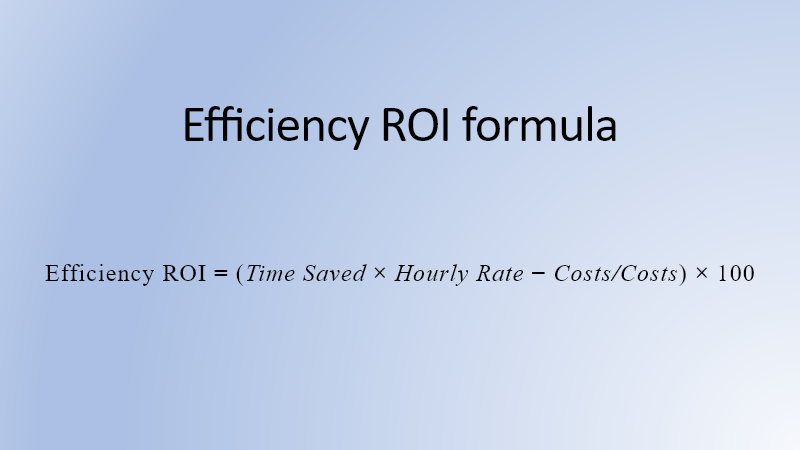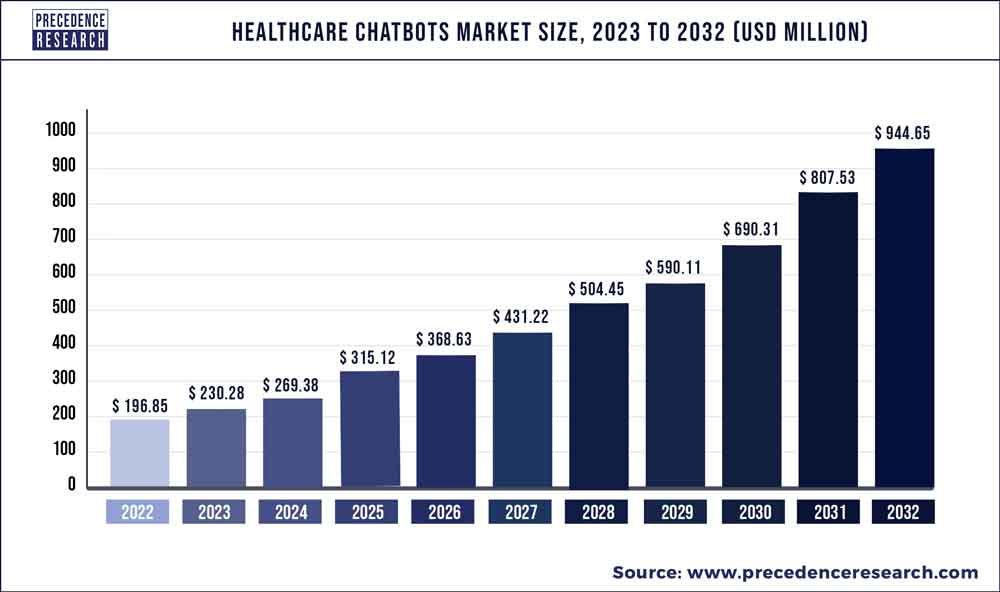Global content goes through localization to connect with local markets. However, there are plenty of cases when localized content misses the mark. Take Kentucky Fried Chicken, for example, its iconic tagline, ‘finger-lickin’ good,’ ended up being translated to ‘eat your fingers off’ in China. Well, that does not sound right at all!
If you are wondering how to avoid mistakes like these when localizing your pharma content, you have come to the right place. The eWizard team will explore content localization strategies and best practices for the life sciences industry.
What is Content Localization?
The first thing to remember is that content localization differs from content translation. The translation process is just one part of the localization process.
Localization ensures content meets the needs of a specific audience. Businesses must consider text, colors, imagery, regulations, and more to stay relevant and engage audiences locally. It is also essential to prevent any unintentional harm or offense to target customers.
Successful localization allows pharma brands to keep the lines of communication open with healthcare providers (HCPs) and patients. For example, a life sciences company planning to enter the Saudi Arabian market must adapt the drug’s dosage to the local measurement unit (millimeters). By localizing measurement, the company improves HCPs’ understanding of treatment and contributes to safe patient outcomes.
One of the most significant benefits of localizing content is that it resonates more with audiences because it considers cultural nuances. It is as much about aligning with customer preferences as it is about avoiding biased thinking and respecting cultural diversity.
For example, an American audience is more familiar with the phrase “expiration date.” However, for a British audience, it is better to use “expiry date” to align with local language preferences. Minor adjustments like these help you show genuine respect for their cultural norms and establish rapport with the market.
What to Keep in Mind for Content to Feel Local
When localizing content, keep an eye on these key aspects:
- Colors. Choose colors carefully by paying attention to their meaning and symbolism. For example, in Europe, white symbolizes peace and purity, while in many East Asian countries, it is associated with mourning.
- KOLs. You might want to engage local key opinion leaders (KOLs) to resonate better with the new markets. They tend to be better aware of cultural context and can help you enhance the brand’s credibility in the eyes of the local audience.
- Time and date format. Adapt time and date formats to ensure clarity for the local audience. For instance, the United States typically follows MM/DD/YYYY, while the EU countries use DD/MM/YYYY.
- Symbols. The same symbol can imply different meanings. For example, the symbol “$” means not only American dollars but Australian and Canadian too.
- Spelling and word choice. Even within the same language, spelling and vocabulary can vary significantly. For example, “medicine” is more commonly used in the UK, while “drug” resonates better with an American audience.
- Measurements. Localizing measurements is essential for content accessibility. Customers who use kilograms or centimeters daily may struggle to understand content that only lists pounds and inches.
- Keywords. Find the keywords that local customers search most frequently on Google. Build your search engine optimization (SEO) strategy around these popular terms to improve your brand visibility.
- Base direction. While most languages rely on left-to-right language formatting, some, like Hebrew or Arabic, are written from right to left.
- Hyperlinks. Ensure that hyperlinks lead to materials in customers’ native language. Imagine customers enjoying your localized article but finding follow-up links in an unfamiliar language. This inconsistency can disrupt the experience and lead to frustration.
Tech Solutions to Get it Right
Today, there are many solutions to ensure efficient and error-free content localization. Let’s discuss some of them.
Social listening tools
Social listening tools help companies better understand their audience, whether it is HCPs or patients. What matters most to my customers? What are their biggest concerns and fears? What motivates them? What language do they use, and what content formats do they prefer?
While sharing feedback through surveys can feel intimidating and time-consuming, customers often express their true thoughts across various platforms. Social listening enables pharmaceutical brands to analyze text, images, videos, and audio to gain valuable insights into the needs of local markets.
Digital asset management system
Local teams need a digital asset management (DAM) system to access global content easily. Effective collaboration becomes an uphill battle when countries rely on various platforms and content formats. This leads to inconsistent messaging and harms the overall customer experience.
A DAM solution lets teams store all files in one place, breaking down silos and simplifying asset management. Local teams can be sure they are using the latest version of the content.
AI-driven content experience platform
Some companies adopt a modular approach to facilitate content localization but fail to achieve the desired results. The problem is that local markets are not ready to localize individual modules. From our experience, 80% of local content is created from scratch.
Our content experience platform, eWizard, addresses this challenge by enhancing content reuse. Users can localize the entire content as usual. If modules are in the global version of the asset, the artificial intelligence (AI)-powered system will automatically create localized modules.
Many modern content management systems allow users to translate content into different languages in mere seconds. With eWizard, marketers can adjust these automated translations, and the AI algorithms will gradually improve with each edit. The translation process is based on past edits stored in each user’s dedicated memory server, which enhances content quality.
Project tracking tools
Global teams must send briefs to local teams, monitor progress, and set deadlines across time zones to implement campaigns locally. Ideally, everyone has visibility into each campaign’s status to keep the content localization ball rolling.
With eWizard Planner, clients can build global and local brand plans, outline campaign strategies and goals, set timelines and estimates, and assign responsibilities. This approach ensures global and local teams stay on the same page, can make prompt adjustments, and achieve key performance indicators faster.
MLR acceleration engine
As the name suggests, the MLR acceleration tool is designed to speed up the industry’s major bottleneck, the medical legal regulatory (MLR) process. Marketing teams rely on these tools to review localized content before shipping it for formal approval.
For instance, our engine can scan localized content for grammar, region-specific sensitivities, inappropriate images, and proper references. When the tool detects an error, it also suggests possible solutions. Marketers can set custom rules for the system to check against, ensuring more tailored, culturally relevant content reviews.
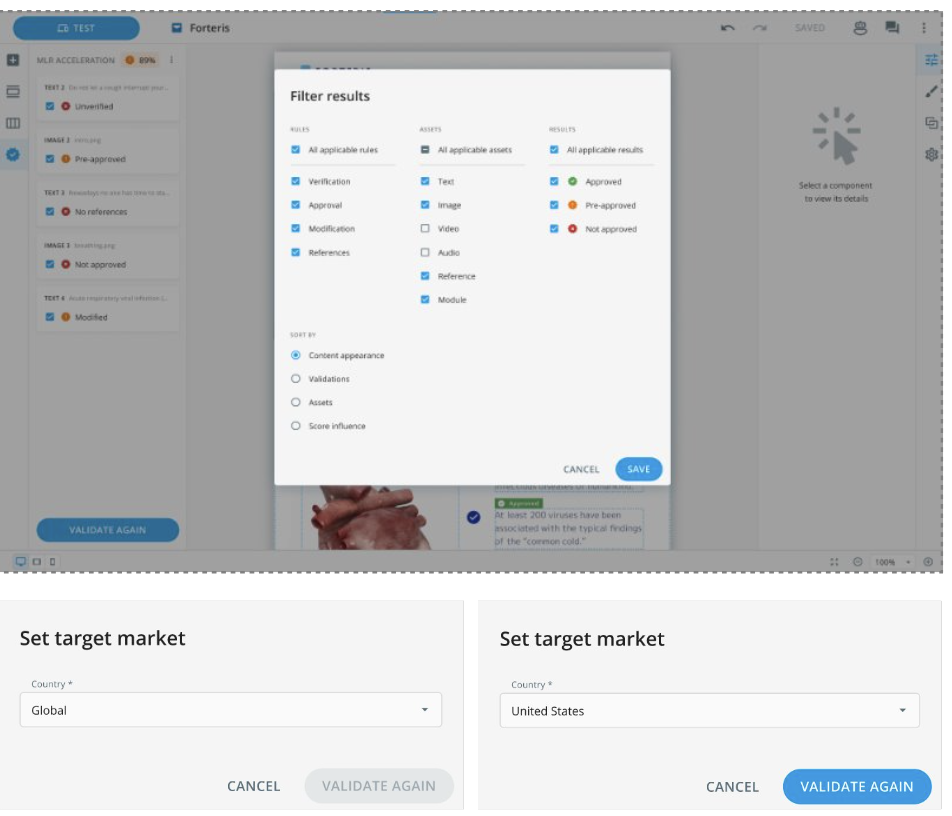
Setting rules in the eWizard MLR acceleration engine
Content Localization Process
Content localization is always a multi-stage process. Let’s discuss the key steps:
Planning
First, decide which markets you want to target. Given that countries have their own regulations, languages, and cultural nuances, it is crucial to start with thorough market research.
Next, look for reliable vendors with a proven track record in pharma content localization. Assess their knowledge of medical terminology to mitigate any potential risks.
Additionally, you will need the tech solutions we discussed earlier. It is best to opt for all-in-one platforms, so your teams will not have to switch between different tools, ensuring no data is lost in the process.
Content localization
Content at the click of a button is not a thing of the future when you have the right solutions and strategies. Here is how we ensure content localization with eWizard:
- Local teams receive the campaign brief through our content experience platform. This comprises necessary materials, like style guides, glossaries, and other relevant company-specific data.
- Local teams review these materials to ensure the source documentation is clear and error-free. If there are any issues, the source material is sent back to global teams for revision to prevent inaccuracies in localized content across target markets.
- If the materials are of decent quality, local marketers select the assets based on the channel plan and localize them. eWizard allows them to automatically translate the text, but human input is essential to ensure translations are 100% accurate and culturally relevant. Subject-matter experts and medical professionals examine the content to ensure its accuracy and relevance.
- The design team adapts all images to align with local preferences and cultural sensitivities.
- The MLR acceleration engine reviews the translation of channel-ready files to catch any errors and inconsistencies.
- Once formally approved, teams send the HTML-ready files for deployment.
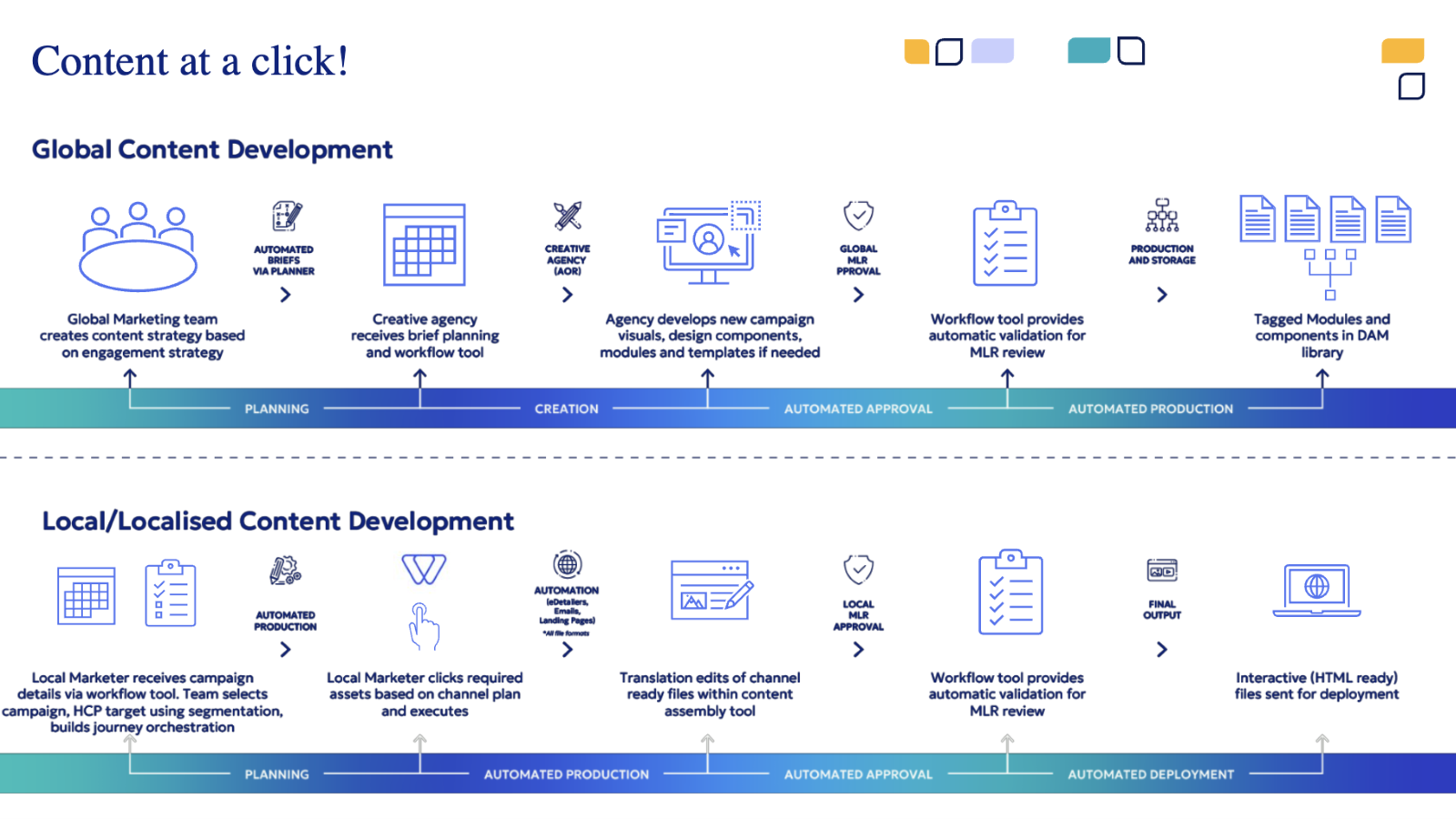
Global and local content development process with eWizard
Performance tracking
As the saying goes, “What gets measured gets managed.” You should track content performance to understand if localization efforts are paying off.
Keep in mind that metrics may vary between global and local markets. For example, if you are just entering foreign markets, it is best not to rely on follower counts to gauge social media engagement.
Instead, focus on how many people stumble upon your content. Until the new audience becomes familiar with and trusts your brand, it makes sense to prioritize key performance indicators focused on awareness and visibility.
Maintenance
The work does not end once the content goes live in local markets. Continuous updates are essential to maintain relevance, compliance, and engagement with local audiences.
Keep communication open between global and local teams. This way, any issues can be quickly addressed without using many resources.
A feedback loop is crucial for delivering high-quality content. Constructive feedback helps affiliates understand expectations clearly and produce more accurate and polished content.
Final Words
Sometimes a single content localization error can push local markets away from your brand or even put you in legal jeopardy. In the worst-case scenario, human lives could be at risk.
To avoid this, pharma brands must take content localization seriously, adopting modern tech solutions and involving industry experts. This does not mean chasing every new technology under the sun. Focus on clearly defining your goals and choosing solutions that move you from point A to point B faster and with less risk.
Ensure real people review your content before the MLR review. At the end of the day, they make the final decisions, not the technology. Experts with medical and legal expertise will help you create content that is not only compliant but also culturally relevant and strikes a chord with the local markets.
If you need high-performing localized pharma content, feel free to contact our team for expert assistance.
